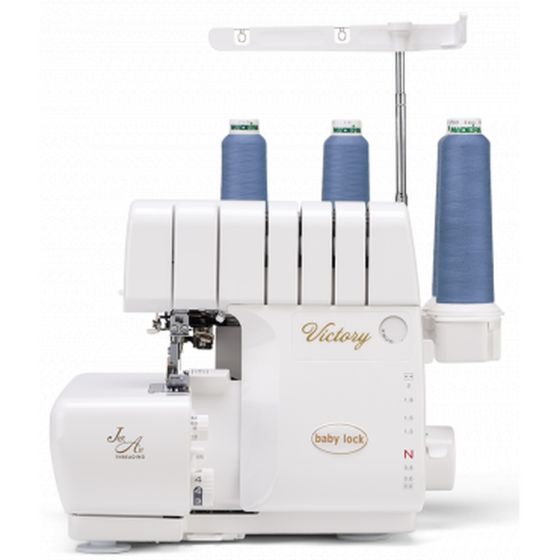Choosing a serger, also known as an overlock machine, involves considering several factors to ensure it meets your specific sewing needs. Here are some key considerations to help you choose the right serger:
-
Type of Serger:
- 3-Thread or 4-Thread Serger: 3-thread sergers are suitable for lightweight fabrics and basic overlocking, while 4-thread sergers provide more stability and are better for medium to heavy fabrics.
-
Stitch Options:
- Overlock Stitches: Sergers are known for creating overlock stitches that finish edges and prevent fraying. Look for a machine that offers a variety of overlock stitches, including 3-thread and 4-thread options.
-
Differential Feed:
- A differential feed system helps prevent stretching or puckering of fabrics. This feature is essential when working with knits or lightweight fabrics. Look for a serger with adjustable differential feed.
-
Thread Tension Control:
- Adjustable thread tension is crucial for achieving the desired stitch quality. Look for a serger with easy-to-adjust tension settings for each thread.
-
Ease of Threading:
- Threading a serger can be more complex than a regular sewing machine. Look for a serger with a color-coded threading system, clear instructions, and a lay-in threading system to make the process easier.
-
Convertible Options:
- Some sergers can be converted from overlock to rolled hem, flatlock, or other specialty stitches. If you want versatility in your projects, consider a serger with convertible options.
-
Stitch Width and Length Adjustments:
- Look for a serger that allows you to adjust the stitch width and length. This is particularly important for creating different effects and accommodating various fabric types.
-
Built-in Rolled Hem Feature:
- If you plan to do a lot of rolled hemming, consider a serger with a built-in rolled hem feature. Some sergers have a lever or switch that makes it easy to switch to rolled hem mode.
-
Knife System:
- The knife in a serger trims the fabric as you sew. Look for a serger with a reliable and adjustable knife system. Some machines allow you to disengage the knife for certain techniques.
-
Durability and Build Quality:
- Check the build quality and durability of the serger. Look for a sturdy machine made from quality materials that can withstand regular use.
-
Brand Reputation and Reviews:
- Research different brands and models. Read reviews from users to gain insights into the performance, reliability, and customer satisfaction with a particular serger.
-
Price and Budget:
- Set a budget for your serger purchase. Sergers come in a range of prices, so having a budget can help narrow down your options.
Before making a final decision, it's often helpful to try out the serger if possible or watch demonstrations to see how it operates. Additionally, consider your skill level and the types of projects you plan to tackle with the serger to ensure it aligns with your sewing goals.
